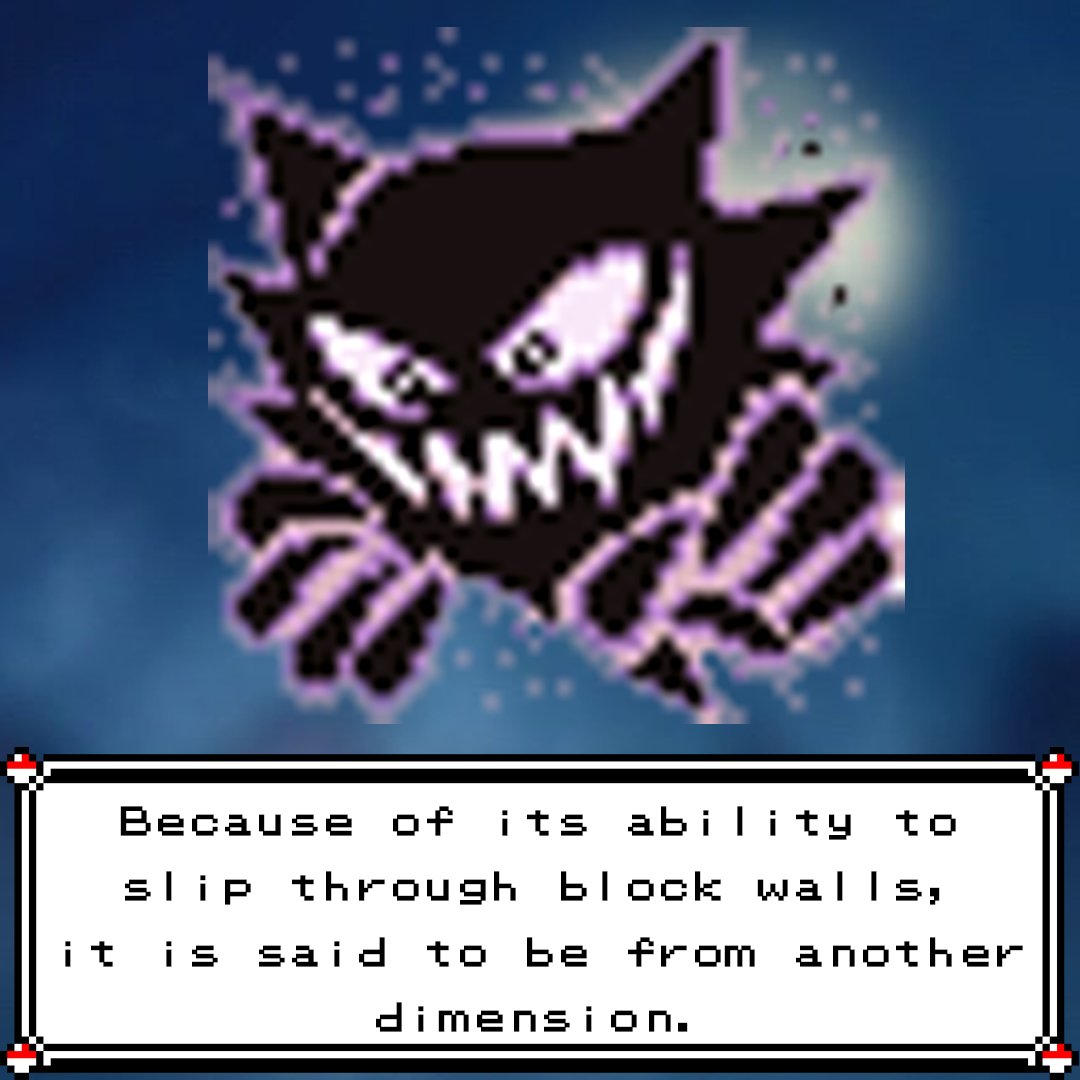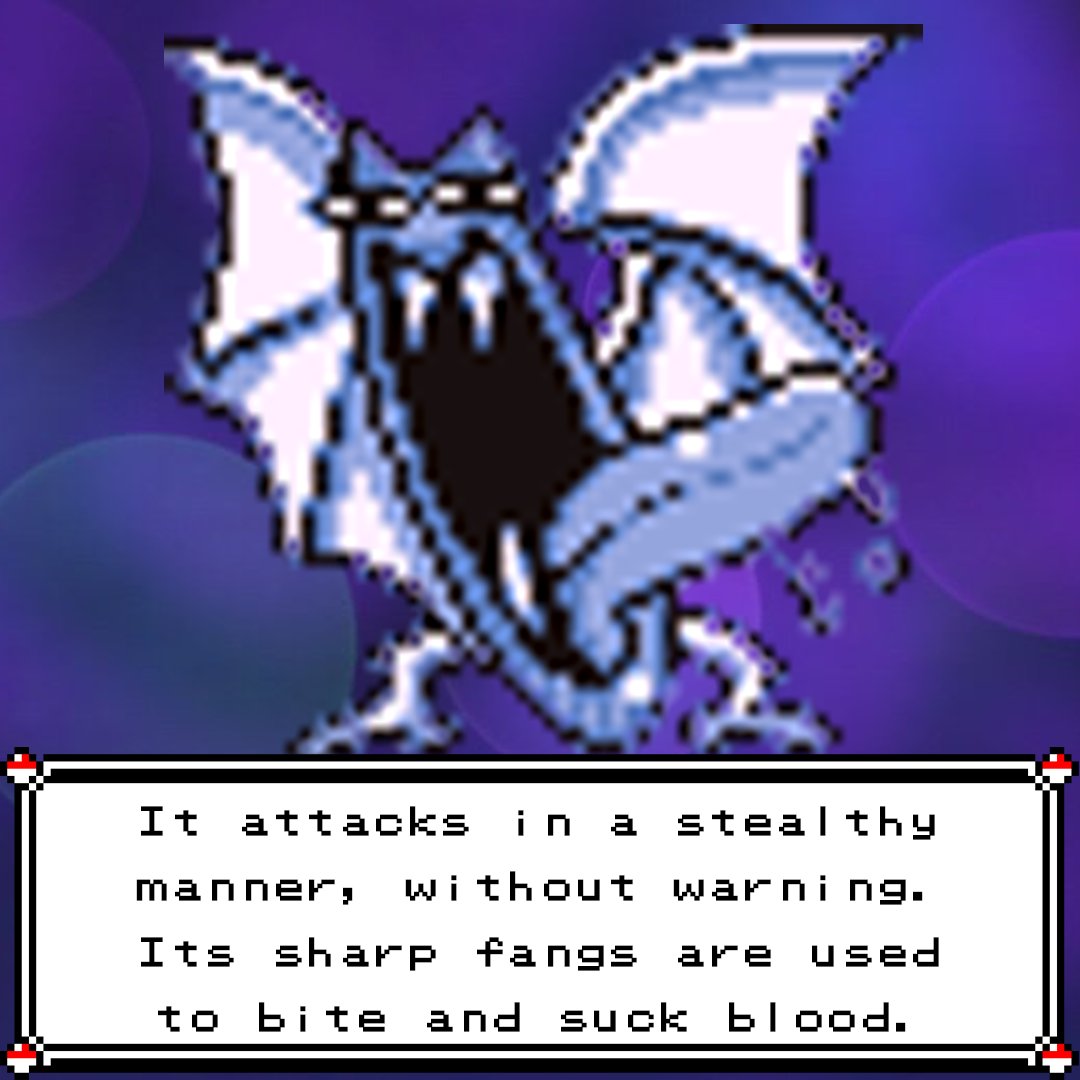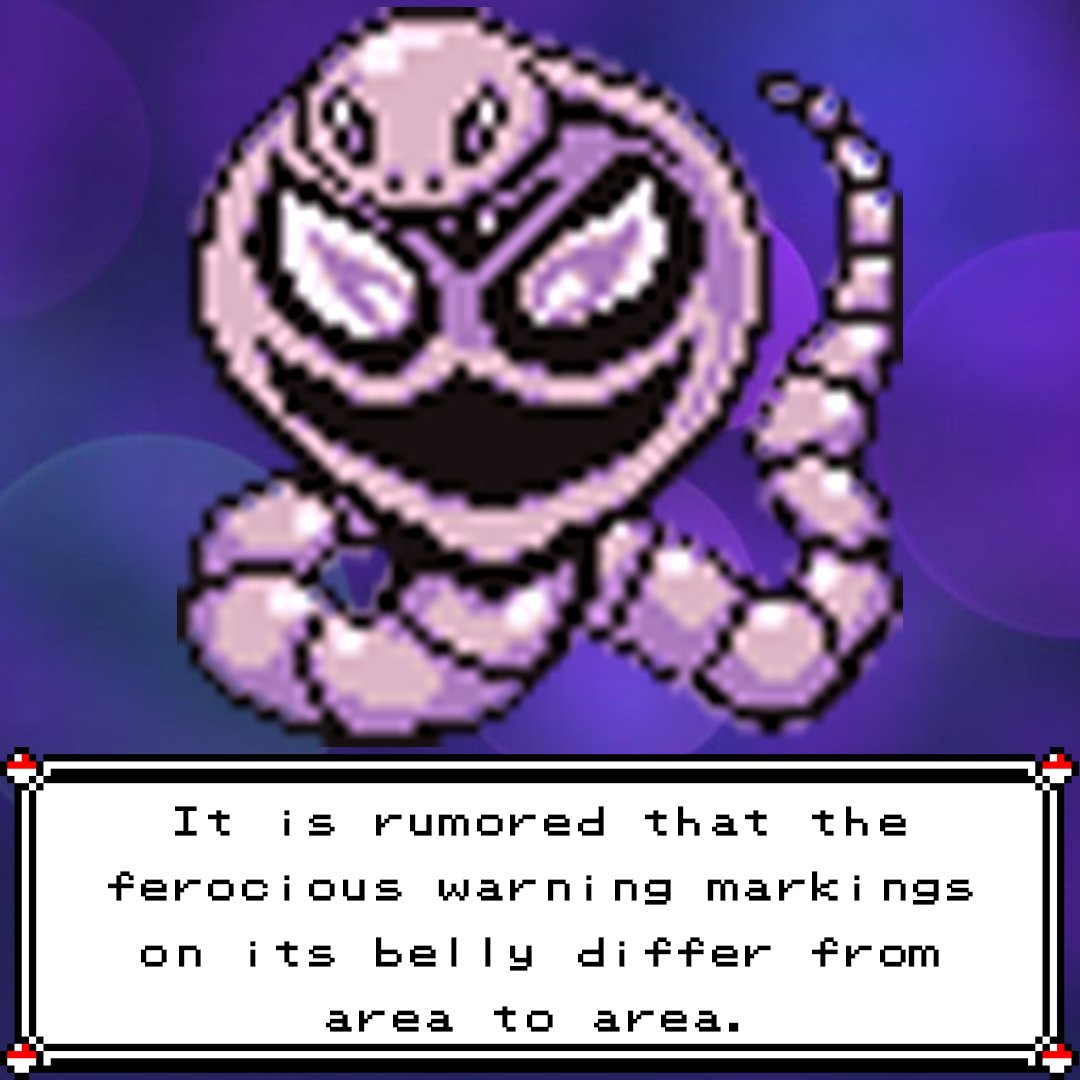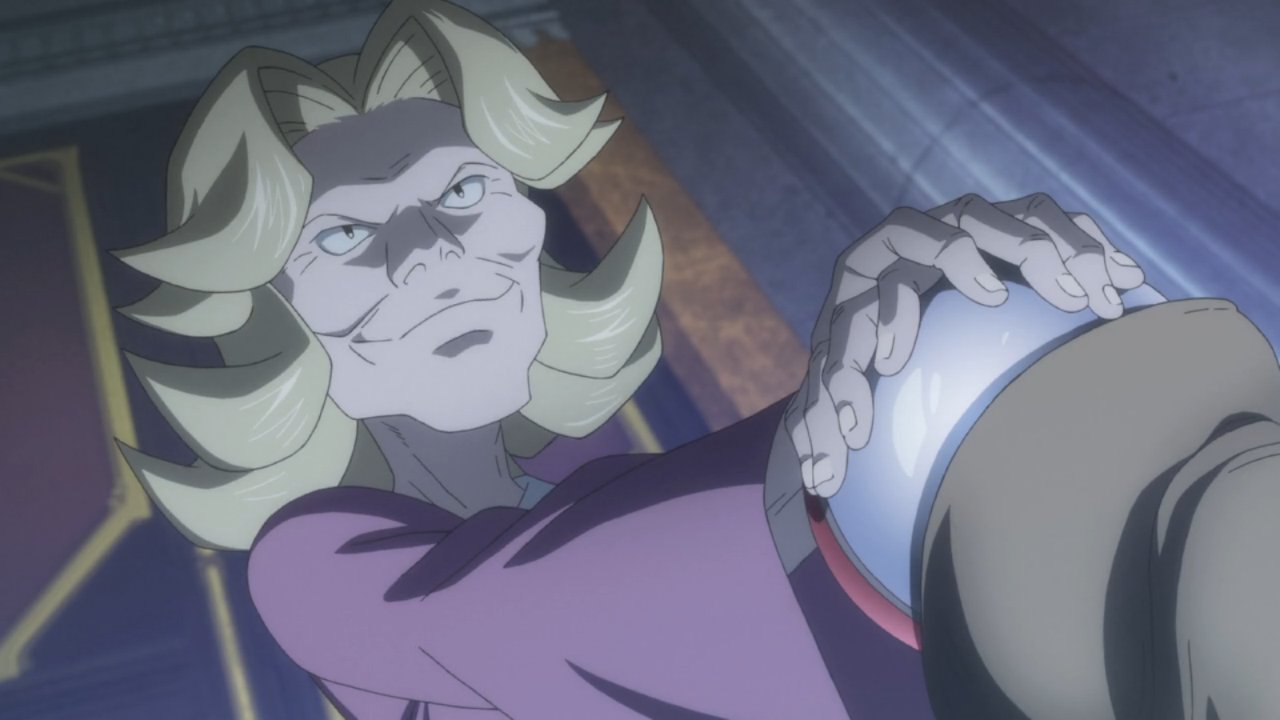How Agatha's Pokémon Story Mirrors Women's Struggles & Progress (RBY)

For Women's History Month, we’re diving into the influential roles women have played in the core Pokémon games. From strong Pokemon Trainers to Gym Leaders and Elite Four members, women have helped shape the Pokémon world we know today. Join us as we explore how these female characters were not only shaped by the times they were introduced but also reflected the roles, challenges, and triumphs of women in the real world. Our journey has taken us past the Kanto Gym Leaders onto the Elite Four. It is time for Agatha!
Elite Four Member Agatha - Pokemon Red & Blue

"I am Agatha of the Elite Four! Oak's taken a lot of interest in you, child! That old duff was once tough and handsome! That was decades ago! Now he just wants to fiddle with his Pokedex! He's wrong! Pokémon are for fighting! I'll show you how a real trainer fights!"
Agatha isn’t just one of the toughest Trainers in the Kanto Elite Four, she’s a force of will. Stoic, sharp, and surrounded by shadows, she enters the battlefield with something to prove. She’s not young. She’s not sweet. She doesn’t care what anyone thinks. Agatha defies the cultural script that tells older women to fade away gracefully. She doesn’t fade. She fights. And in doing so, she becomes a fierce emblem for women who’ve been dismissed, sidelined, or told their time has passed.
Agatha’s specialty, Ghost-type Pokémon, is no accident. In the Pokémon world, ghosts symbolize the unresolved, the forgotten, the feared. In Agatha’s hands, they become an allegory for older women dismissed by a youth-obsessed society, women whose stories weren’t finished even when others thought they were.
Agatha’s bitterness toward Professor Oak, once her equal, isn’t just about philosophical differences. It’s the frustration of a woman who had to fight harder to be taken seriously, only to be overlooked as the world moved on. She doesn’t want progress if it means being erased. She wants to win.
“Agatha isn’t haunted by the past, she is the haunting.”
Agatha's Gengar
Agatha’s first Gengar doesn’t win with brute force, it wins with manipulation, control, and clever timing. Moves like Confuse Ray, Hypnosis, Night Shade, and Dream Eater make you feel like the battle isn’t just physical but also psychological.
That’s exactly the kind of energy older women have had to carry into workplaces, politics, and public life. When they’re not allowed to show power outright, they get strategic. They wait. They think. And when the moment comes, they make it count.
-
Confuse Ray reflects how older women are often misunderstood or misjudged, expected to be gentle and retiring, yet criticized for being “too much” when they push back.
-
Night Shade deals steady, level-based damage. It’s not flashy, but it’s always effective. Just like a woman whose strength doesn’t depend on age or trend, but on experience.
-
Hypnosis and Dream Eater represent turning the tables. Finding the opening no one expects. Using the very systems meant to overlook you and reclaiming energy from them.
“This Gengar doesn’t yell for attention but whispers through walls and wins anyway.”
Gengar 2: Confuse Ray, Night Shade, Toxic, Dream Eater
Agatha doesn’t just bring one Gengar. She brings two! Not because she lacks variety, but because she refuses to be ignored. The second Gengar is her echo: a louder, more venomous version of the first.
This time, Gengar knows Toxic, a move that slowly intensifies over time. It’s the perfect metaphor for the long-term effects of bias, ageism, and underestimation.
The longer you ignore her, the more dangerous she becomes.
Like the first Gengar, this one uses Dream Eater, Confuse Ray, and Night Shade, maintaining her theme of shadowy strength but with a sharper edge. It’s the voice of every woman who’s been pushed aside for too long and finally says, “I’m not going anywhere.”
“One Gengar demands respect. Two say: I’ve been here the whole time, you just weren’t listening.”
Agatha's Haunter
Haunter is more than a pre-evolution, it’s a statement. Unfinished. Overlooked. Evolving. It’s Agatha refusing to be boxed into some final version of herself, even at her age.
We’re told that older women should be settled. Complete. Graciously stepping aside. But Agatha brings Haunter to the battlefield to say: “No. I’m still becoming.”
Haunter represents ambition that hasn’t dimmed with time. It’s powerful, but not done growing. Just like the women who are still evolving long after the world thinks they’re finished.
“Haunter is unfinished and that’s the point. Agatha’s power is still unfolding.”
Agatha's Golbat
With its open-mouthed shriek and jagged wings, Golbat isn’t just unsettling, it’s unapologetically loud. And that’s the point. Agatha’s Golbat is the embodiment of how society treats older women who speak up. They’re often framed as aggressive, angry, or “too much.” Loudness in a man is charisma. Loudness in a woman? A threat.
Golbat says: Good. Be threatened.
Agatha’s not here to make you comfortable, she’s here to make you listen.
Agatha's Arbok
Snakes have long been used as symbols of fear and manipulation, especially in the way strong, non-conforming women are framed. Arbok doesn’t just look dangerous. It’s supposed to. And that’s exactly why Agatha includes it. Women like Agatha are often vilified when they don’t fit traditional molds:
- Women labeled as selfish for refusing to adhere to marriage or motherhood.
- Women ostracized by family who uphold traditional values.
- Women framed as incomplete or unfulfilled.
- Women labeled as "too emotional" for leadership.
Arbok is a reminder that women who challenge authority, like her, are often portrayed as dangerous. However, that danger is just society’s fear of losing control.
“Agatha’s Arbok isn’t here to be understood. It’s here to remind you that power isn’t always pretty and it doesn’t have to be.”
Agatha stands tall in the Indigo Plateau, not as a relic, but as a reckoning. She represents every older woman who’s been told to sit down, to step aside, to let the next generation take over. But she’s not bitter, she’s blunt. She knows what she’s earned. And she knows what was denied to her along the way.
Her team isn’t just spooky, it’s also layered. Every Pokémon tells a story of a woman who wasn’t finished. Who didn’t shrink to make others comfortable. Who aged like wildfire, not like fading light. She’s not trying to be beloved. She’s demanding to be remembered. She resents Professor Oak not just for his philosophies, but for being allowed to fade into respectability, while she was expected to fade into silence. Instead, she returns with venom, shadow, and a double Gengar warning:
You can’t ignore me now.
Which of Agatha’s Pokémon feels most like you?
Join the conversation on social media, and tag us with your thoughts.
🎧 Want to hear real women share their personal journeys with Pokémon?
Listen to the Women Pokemon Trainers Playlist - a curated series of stories, memories, and reflections from female fans, creators, and Trainers from all walks of life.
Let’s keep celebrating the power, growth, and complexity of women in the world of Pokemon. One character at a time!
Women of Pokémon Video Games (Gen I–IV)
Agatha | Bertha | Candice | Clair | Cynthia | Erika | Fantina | Flannery | Gardenia | Glacia | Janine | Jasmine | Karen | Lorelei | Maylene | Misty | Phoebe | Roxanne | Sabrina | Whitney | Winona







